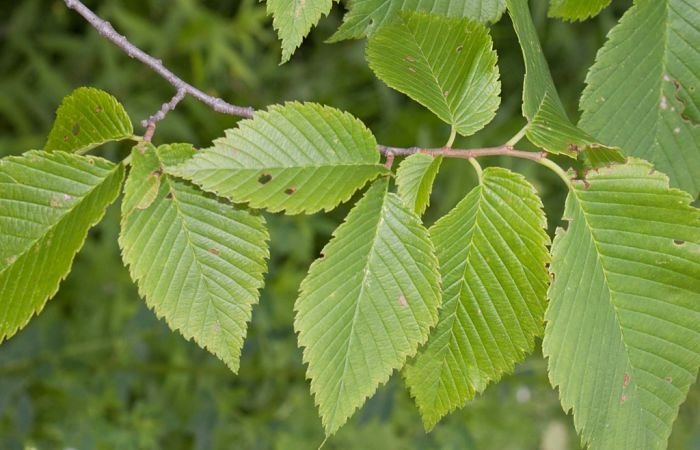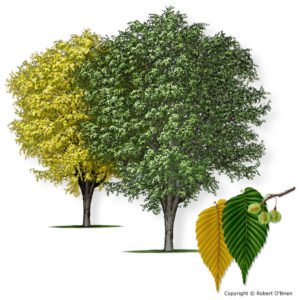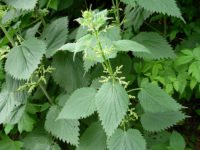Combatting Anxiety – Anxiety is a pervasive hurdle for many in everyday life, a shadow that can cloud even the sunniest of days. For some, it’s a whisper of worry, while for others, it’s an unrelenting roar of dread. But there are paths through these mazes of the mind, often with a two-pronged approach that weds natural remedies with the pillars of psychological support. In this exploration, we unveil the potential of herbs alongside the established methodology of Cognitive Behavioral Therapy (CBT), creating a robust toolkit for anyone looking to quell their anxiety.
Unveiling Anxiety’s Tapestry
Before we discuss remedies, it’s imperative to understand the canvas we seek to alter. Anxiety can take many forms, from generalized anxiety disorder (GAD) to social anxiety, panic disorder, and a multitude more. Its symptoms, such as restlessness, a sense of impending doom, and difficulty concentrating, can vary widely in intensity and manifestation. In adults, anxiety is more than just jitters—it impacts relationships, careers, and overall quality of life.
Herbal Allies in the Battle Against Anxiety
Nature’s pharmacy brims with potential allies for those grappling with anxiety. Herbal remedies have been used for centuries, and modern science is beginning to unveil their soothing secrets. Some herbs, such as chamomile, valerian root, and lavender, boast centuries of traditional use. Others, like kava and passionflower, steadily build a body of clinical evidence to support their anxiolytic properties. These botanical warriors often work by modulating neurotransmitters in the brain, such as GABA and serotonin, to induce a calming effect.
Chamomile (Matricaria recutita)
This daisy-like herb is more than just a soothing tea; it’s a gentle sedative and muscle relaxant. Studies have reported significant reductions in anxiety symptoms in patients using chamomile extracts compared to a placebo. The compound apigenin, found in high concentrations in chamomile, is thought to be responsible for many of its anti-anxiety effects.
Valerian Root (Valeriana officinalis)
Valerian root is typically known for inducing sleep, but its tranquilizing properties can also help soothe daytime anxiety. This herb contains valerenic acid, which increases the brain’s GABA levels naturally. While it’s not a quick fix, regular supplementation can lead to a decrease in overall anxiety levels and an improved sense of calm.
Passionflower (Passiflora incarnata)
Used traditionally by Native Americans, passionflower is gaining recognition for its anti-anxiety potential. Several studies have found it to be as effective as benzodiazepines in managing symptoms, without the addiction risk or side effects. Passionflower is thought to work similarly to Valerian, boosting GABA levels to ease the mind.
Lavender (Lavandula angustifolia)
Lavender’s fragrance alone can be calming, but ingesting the herb or applying it topically can elicit a more robust effect. Research shows that lavender can reduce the severity of generalized anxiety when taken orally, likely due to the Linalool and Linalyl acetate compounds present in the plant.
Engaging the Mind: CBT Deconstructed
CBT is a gold standard in psychological treatments, particularly for anxiety disorders. It’s a structured, goal-oriented approach that helps individuals recognize and challenge maladaptive patterns of thought and behavior that contribute to their anxiety. By altering these patterns, CBT can create lasting relief and equip patients with tools to manage future challenges.
Exposure Therapy
In exposure therapy, patients are gradually and repeatedly exposed to the source of their anxiety under controlled conditions. This could be a situation, object, or disturbing memory. Over time, exposure therapy has been found to desensitize individuals to their triggers, reducing fear and anxiety.
Cognitive Restructuring
This technique involves identifying and challenging irrational thoughts that underpin anxiety. By replacing these thoughts with more realistic, balanced beliefs, individuals can diminish the power of anxiety triggers and regain a sense of control.
Relaxation Techniques
Closely aligned with the use of herbs, relaxation techniques aim to reduce physical symptoms of anxiety, such as muscle tension and rapid breathing. Techniques can include deep breathing exercises, progressive muscle relaxation, and mindfulness meditation, among others.
The Synergy of Herbs and CBT
While herbs and CBT can be effective independently, their power is compounded when used in conjunction. Herbs can provide a physical anchor to the psychological work of CBT, allowing individuals to reach a calmer state more easily and reinforce the cognitive and behavioral changes they are working towards. Imagine CBT as the structural framework of a house, and herbs as the elements that bring warmth and comfort within its walls.
Balancing the Body and Mind
The calming properties of herbs can help bridge the physical and psychological aspects of anxiety management. By establishing a foundation of reduced physical tension and reactivity through herbs, individuals engaging in CBT can focus more effectively on the cognitive challenges and behavioral changes required for long-term anxiety control.
Facilitating CBT Techniques
Introducing herbal support can also make engaging with CBT techniques more accessible. Relaxation techniques, for instance, can be more effective when the body is already primed for relaxation by an herb like chamomile or valerian. This can accelerate progress through the CBT program and increase the likelihood of success in managing anxiety.
Realizing Success Through Integration
The path to success with herbs and CBT integration lies in dedication and approach. By maintaining consistent use of chosen herbs and actively engaging with CBT exercises, individuals can create a beneficial loop, where each part reinforces the effectiveness of the other. Here are some strategies to integrate these approaches successfully:
Create a Holistic Treatment Plan
It’s essential to work with a healthcare professional to develop a comprehensive treatment plan that incorporates both herbs and CBT. This plan should be tailored to the individual, considering their specific type of anxiety, medical history, and any existing treatments.
Consistency Matters
Anxiety management is about building a fortress, not knocking down walls. Consistent use of herbs and dedication to CBT exercises will yield the best results over time. Set a schedule for herb use and CBT practice and stick to it diligently.
Monitor and Adjust
Keep a journal to monitor the effectiveness of the combined treatments and adjust as needed. This will help identify which herbs and CBT techniques are most beneficial and which may need to be altered or replaced.
Case Studies of Triumph
Real-life examples can often be the most inspiring. Imagine the story of a professional who struggled with social anxiety for years, finding solace and strength through herbs and CBT, eventually giving presentations without the shadow of fear. Or the tale of a new parent who wrestled with panic disorder, discovering a newfound calm with the help of kava and CBT, able to relish in the joys of raising a child without constant worry.
The Starting Line is Where You Stand
The combination of medicinal herbs and CBT offers a robust approach to managing anxiety that addresses both the physical and psychological aspects of the condition. Whether you’re at your wits’ end with worry or simply seeking a more tranquil existence, these integrated therapies can offer hope and a clear path to a less anxious life.
Seeking Professional Guidance
While herbs and CBT can be powerful allies in your battle against anxiety, they are not the end-all, be-all solution. Always consult with a healthcare provider before starting an herbal regimen, especially if you are already taking medications or have pre-existing health conditions. And for the psychological aspect, it’s vital to work with a qualified mental health professional to ensure you receive the most effective CBT treatment for your specific needs.
References and Further Resources
The efficacy of herbs in managing anxiety has been supported by numerous studies, and there are a wealth of CBT resources for those ready to engage with this profound psychological tool. This blog post is only the beginning; for those ready to take the next step, rigorous scientific papers and hands-on guides await.
—
By learning about the potential of herbal allies and the structured approach of CBT, you’ve taken the first step toward a more peaceful future. Now, it’s up to you to decide if this is the path you’re ready to walk. If so, there’s nothing standing in your way—only the open horizon, brimming with opportunity and serenity.









